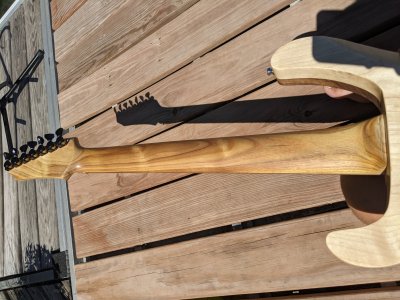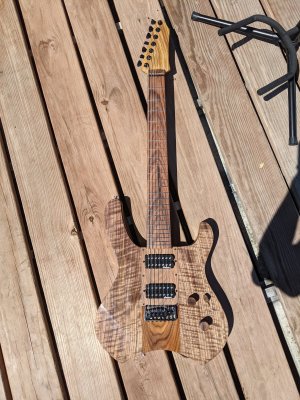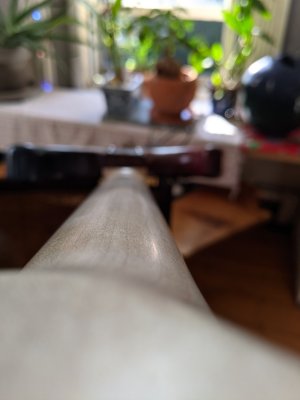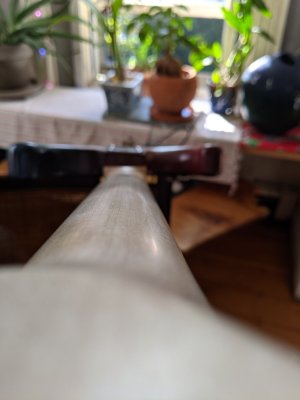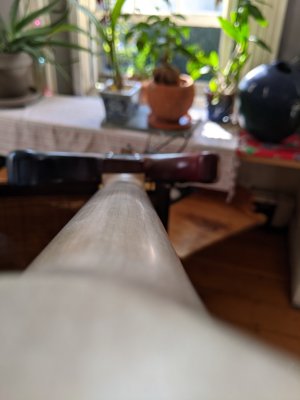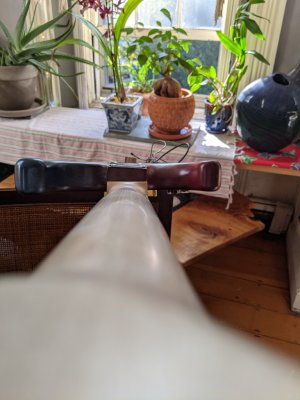justsomeguy1
Junior Member
- Messages
- 74
Cagey said:I think their raw bodies are sanded to 220 and the necks to 320, but it does 't seem to be written anywhere. Raw roasted Maple as provided is pretty nice, though. Still, the difference between that and burnished is worlds apart. If you've never done it, you're in for a real treat. It's one of the woods that responds especially well to the treatment.
Damn you and your seduction. Guess I'll have to try it. I'm not much of a woodworker, hope I don't mess up the profile in doing this.



